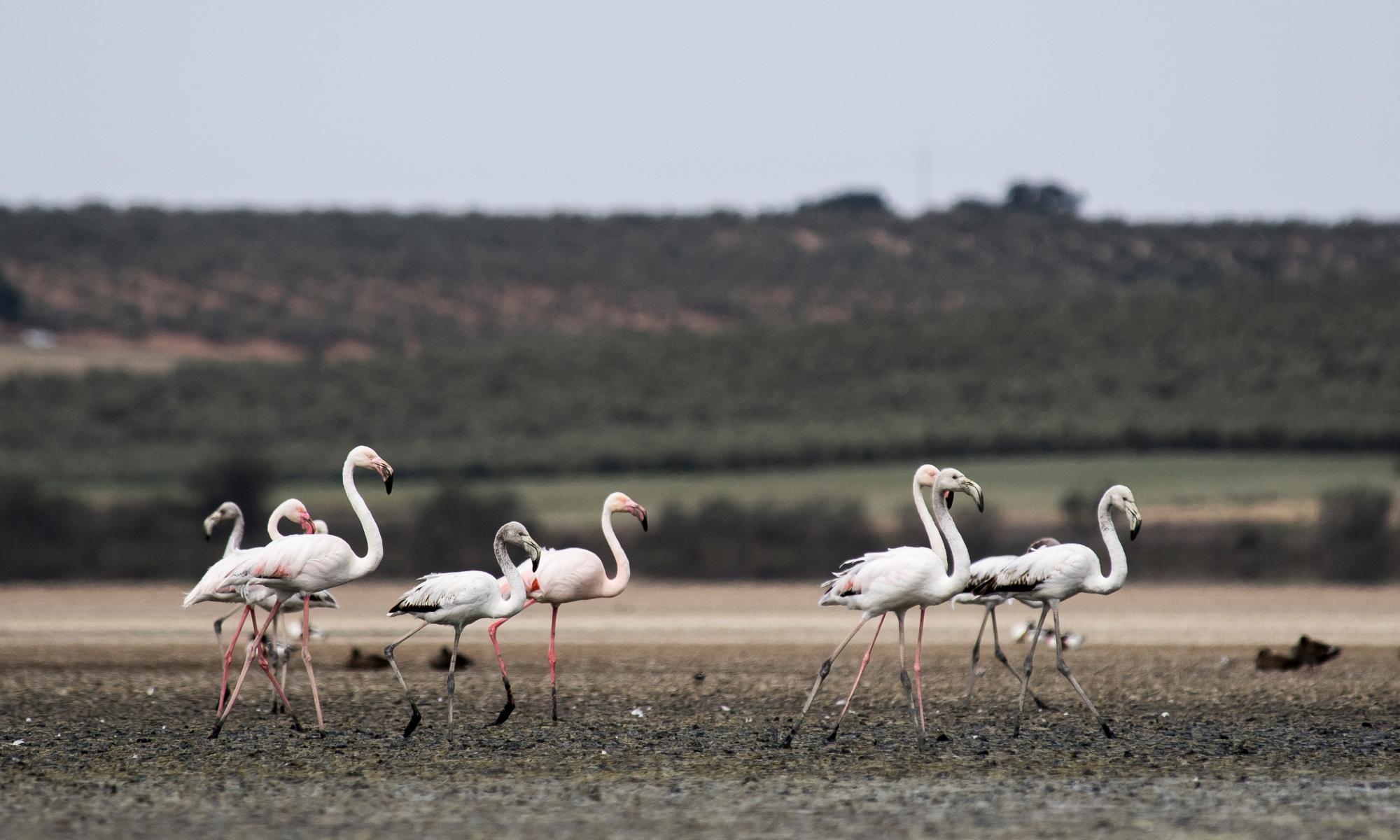The Queensland energy minister, Anthony Lynham, says he is “deeply concerned” that plans for a new coal-fired power station at Collinsville are based on assumptions that existing generators will be closed ahead of schedule, potentially costing the state jobs.
In a letter to his federal counterpart, Angus Taylor, Lynham said he was not aware of any study that showed additional coal generation was needed in Queensland, and that he was worried about its impact on other power stations.
This month, a proposal to build an energy park at Collinsville in north Queensland, including a 1,000 MW coal-fired power station, was granted $4m by the federal government for a feasibility study.
The proponent, Shine Energy, which is run by Indigenous traditional owners from Birri and Widi country, had developed a business case with Canadian engineering firm WSP. But it remained unclear what conclusions that makes about the viability of a coal-fired plant, and what additional work will now be undertaken by the federally funded study.
Guardian Australia understands the company’s justification for the plant is partly based on an assumption the Gladstone power station, which is privately owned, will cease operations ahead of schedule. Gladstone is likely to remain open until at least 2029, because it has private power supply arrangements with heavy industry.
Lynham said he understood a report had already been completed and asked Taylor to share that information with the state, which operates the bulk of the state’s power generators.
“I am deeply concerned of the impact this plant could have on other coal-fired power stations in the state – and what assumptions your report makes about their closure to make another coal-fired power station viable,” Lynham said.
“In particular, I am concerned about the potential impact on the 250 employees of the privately owned Gladstone power station and their families, and the assumptions your report makes about their future.
“There are other options where you could support Queensland in the electricity market. Analysis published in recent years suggests that under the Queensland government’s 50% renewable energy target, increasing renewable energy can deliver reliable and affordable electricity whilst achieving significant reduction in greenhouse gas emissions.”
In an interview with the Australian last year, Shine Energy chief executive Ash Dodd said the plant would help to lower carbon emissions because it would allow for the “swifter phase-out” of dirtier plants, such as Gladstone.
The Australian Energy Council has warned against “ill-judged” subsidies for power generation, which it claims could cause the displacement of existing generators, upset the supply-demand balance, and inflate power prices as a result.
Lynham also cited Queensland government commissioned analysis that a new coal-fired power station would require a wholesale price of $120 per megawatt hour (MWh) – double the current average wholesale price in Queensland.
The 2017 report found that a new coal generator could only be viable in circumstances where wholesale prices are at sustained high levels, and where there was no threat of a carbon price during the life cycle of the plant.
“We are aware of no previous study that has supported a requirement for additional coal generation in Queensland,” Lynham said in his letter to Taylor.
Trevor St Baker, among Australia’s most prominent energy financiers, told Guardian Australia this month that any plant at Collinsville would not be viable unless the Morrison government agreed to shield it from changes to climate policy.
Shine Energy did not respond to questions about its assumptions and the viability of the project.


